What is more authentic to a student than solving an actual daily problem? And what excites students more than having ownership over the classroom seating? Here’s an authentic problem-solving unit that ties in public speaking, group work, and classroom ownership.
My Proposal
- Me: “Students, did you know that when a business has a problem, they often pay other businesses to solve it for them?”
- Class (barely listening): “…”
- Me: “Well, we have a problem here in class. (student interest spikes) Some people can’t see, others are crammed in a corner. I simply have not done a perfect job setting up our desks.”
- Class (now bursting with enthusiasm): “No you haven’t!”
- Me: “Since you are the experts and have to sit in these desks every day, I’m going to let you solve this problem in the same way a business solves their problems.”
I’d give them the following requirements:
- Everyone needs to be able to easily see the front of the room without craning their necks.
- We need enough space to walk through the aisles and around the room.
- I’d also give a few off-limits areas (near my desk, near the door, whatever you’d like).
Gathering The Measurements
- Put students into groups (I love trios). Ask them to identify the measurements we’ll need in order to make a new seating plan for the classroom. We’d get a big list of what we need.
- Put one student in the class in charge of gathering each measurement and reporting back – and perhaps one person in charge of double-checking them!
- Post all of these measurements publicly so everyone can access the information.
The Planning
- The groups will now each come up with a plan for how to arrange the desks and chairs to meet our requirements.
- Each group creates an exact scale diagram (we use graph paper) of their plan (rough sketches will not do!).
- After the scale diagram is complete, students must check with me (to ensure accuracy and because scale drawings are part of our math curriculum).
- (Optional) Students can create models using whatever materials you choose. Some of my classes loved using [Google’s free program SketchUp]. Naturally, this will take more time, so adjust as you see fit.
Presentations
- Groups must write a proposal to present to the class (see steps below). Groups must have their proposals in written form first so I can check them over.
- All groups present their proposals and field questions from the class. This may take a couple of days, depending on how you want to do it.
- All students vote on their favorite solution. After counting up the votes, announce the winner.
Implementation and Evaluation
- Now implement the solution. I did this at lunch. Whoever wanted to help could stop in and shove some furniture around. (Note: You will choose where individual students sit, they don’t need that much ownership!). I always displayed a sign in my room explaining the process my students went through and giving credit to the designers. Visitors loved reading this information.
- At the end of the week/month/etc, have students evaluate the solution. This is my favorite part because there are bound to be some unforeseen problems (there’s a reason none of my own solutions worked well – the darn room was too small for 35 kids!). Now you can discuss the point of view of someone engaged in a solution versus someone complaining about a problem.
- Revise the solution based on student feedback and re-implement. Discuss kaizen, the art of constant improvements.
- After a couple of months, repeat. Create new trios and re-do the whole process.
But but but…
Perhaps you don’t teach a traditional classroom with the same kids all day. I’m sure you still have a problem that you don’t want to deal with that your students would love to tackle. You could always push this up a level too and take on a larger, school-sized problem. My kids wanted to clean all of the teather ball poles at one point!
Outline For A Proposal
Students’ proposals should follow these steps when they present.
- Hook: Get the audience interested.
- Problem: Show that you understand the client’s problem. What is the problem? Why is it a problem?
- Solution: Explain how you will solve the client’s problem.
- Evaluation: Explain how we will test to see if the solution has actually worked.
- Opportunity to field questions: Q&A session with the client
This is a great activity to start the year off with and you may want to repeat it after winter and spring breaks.
